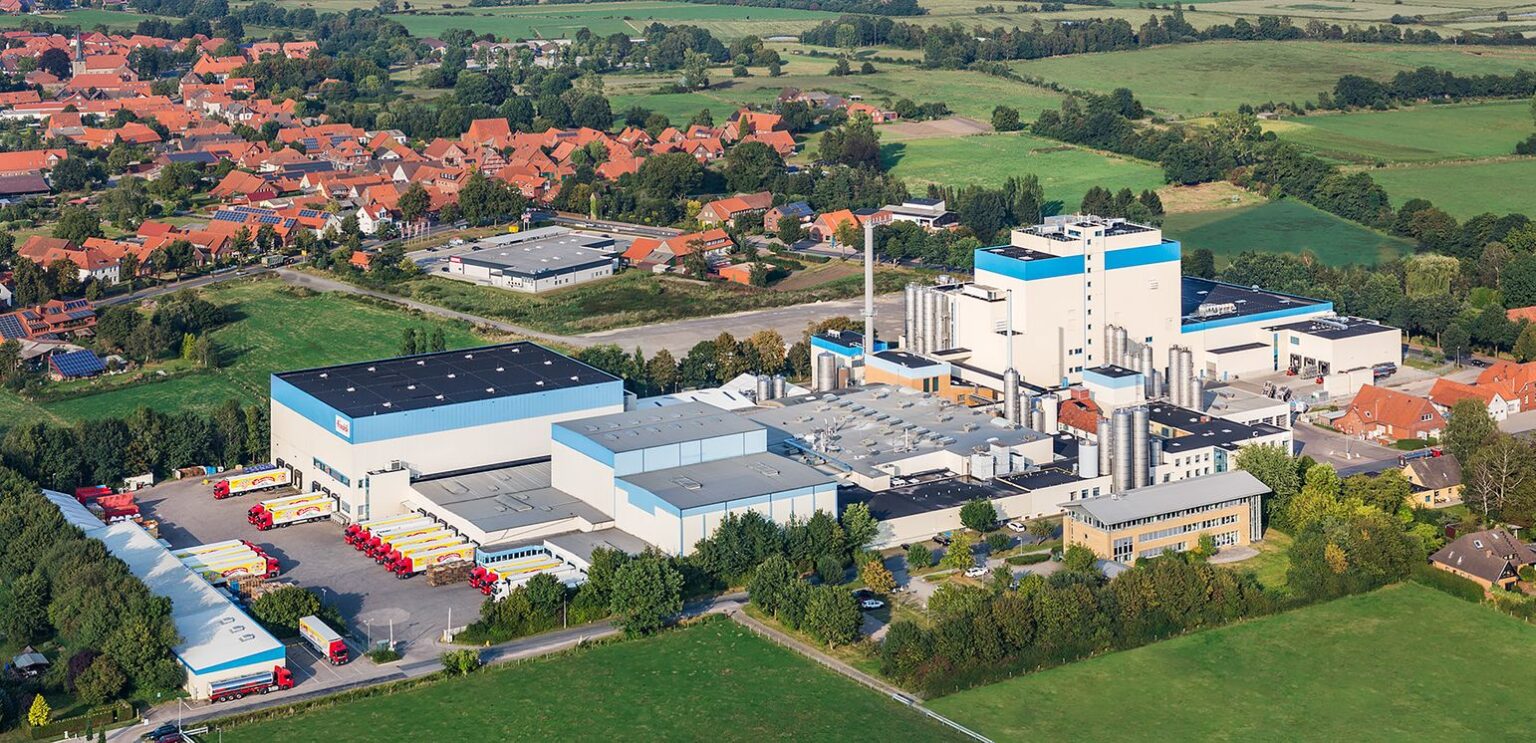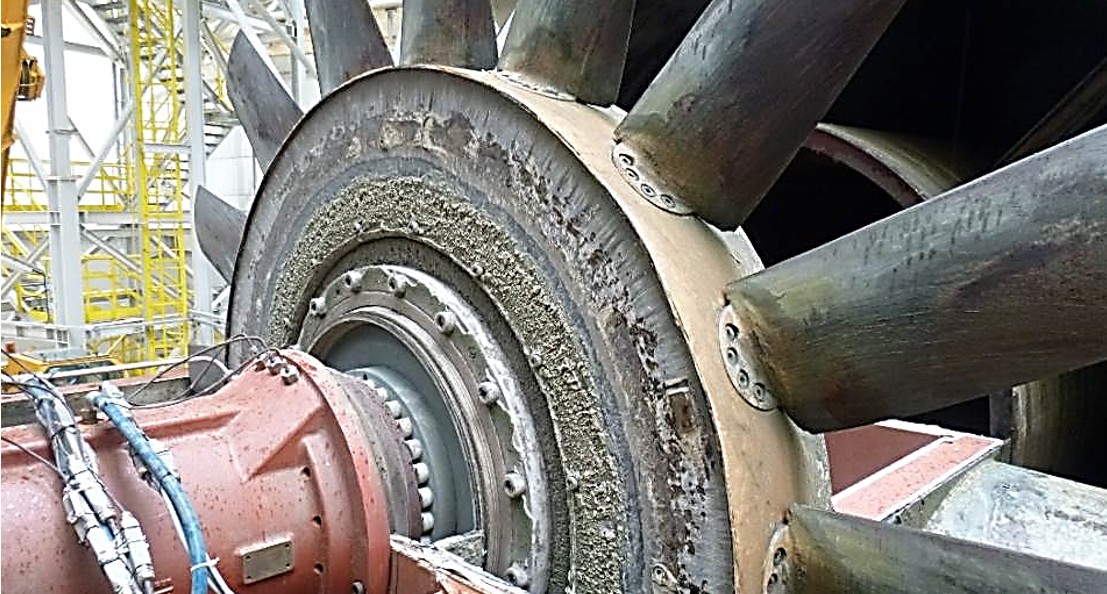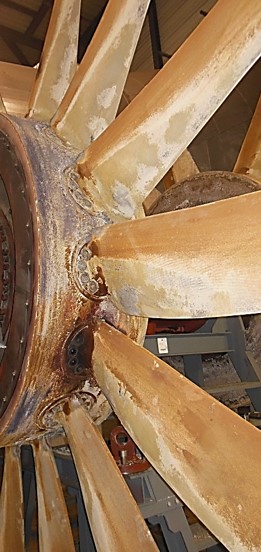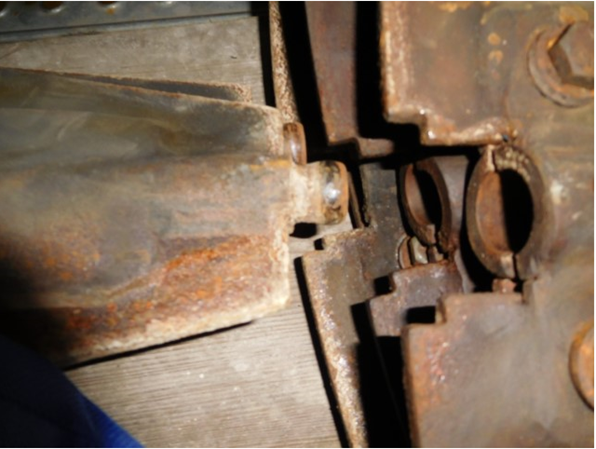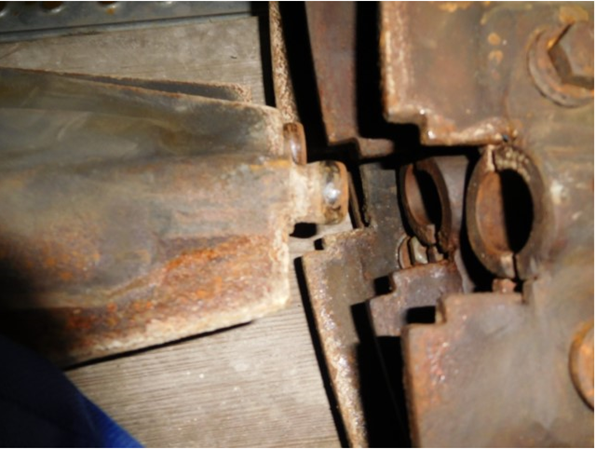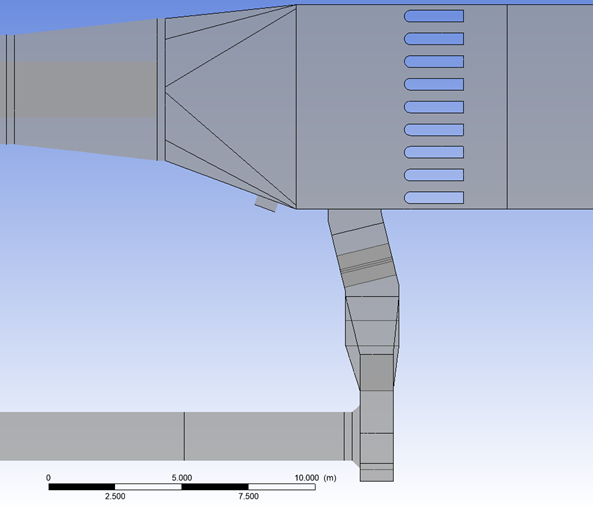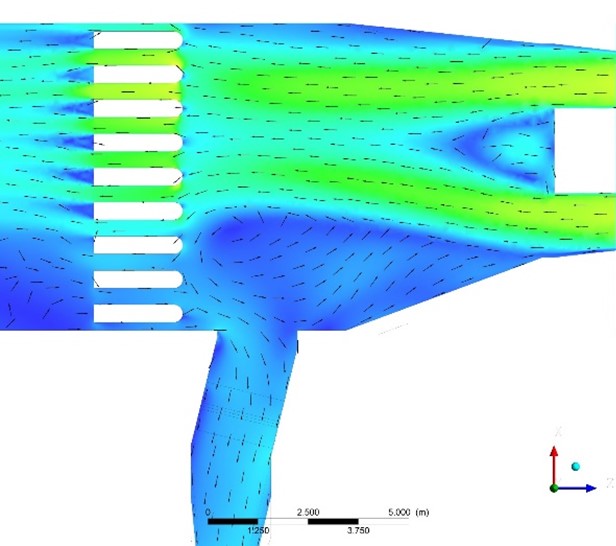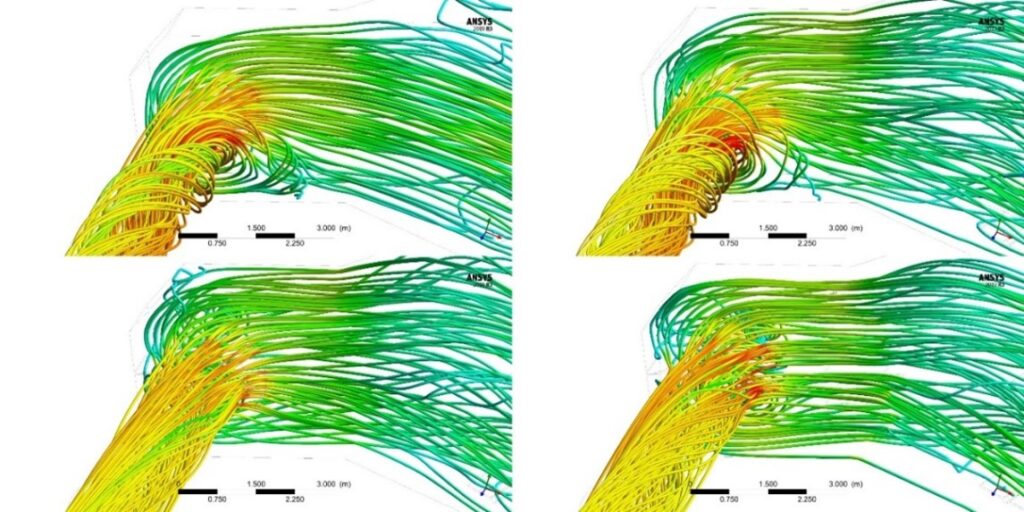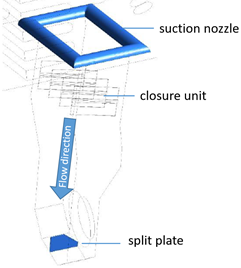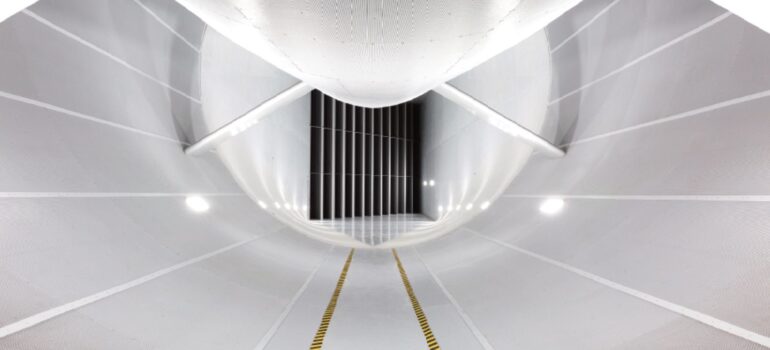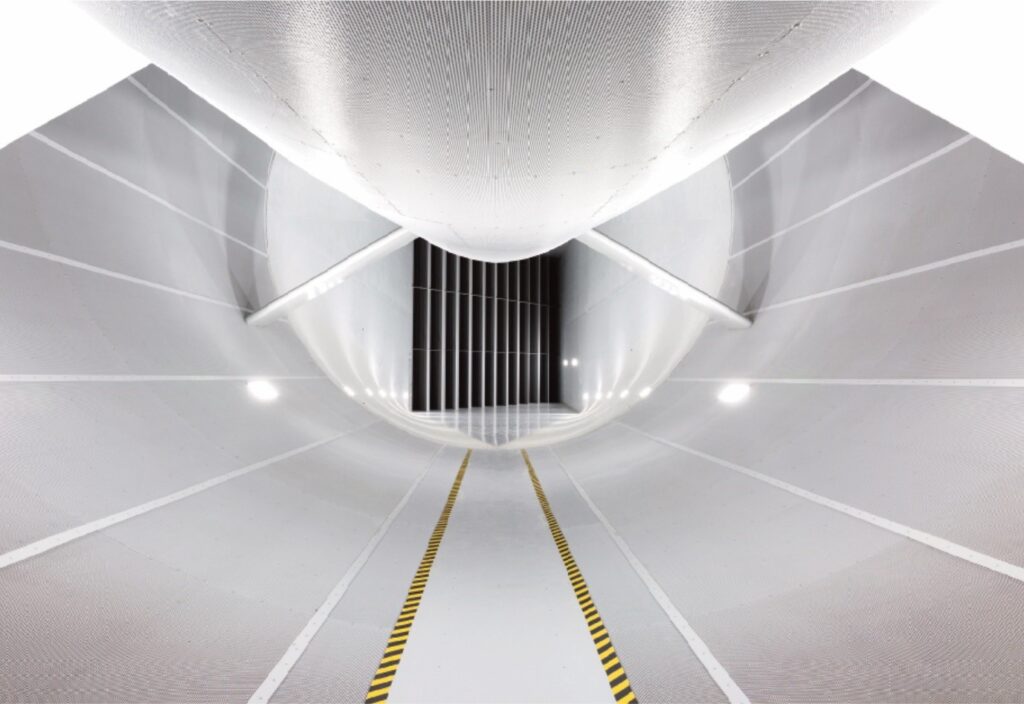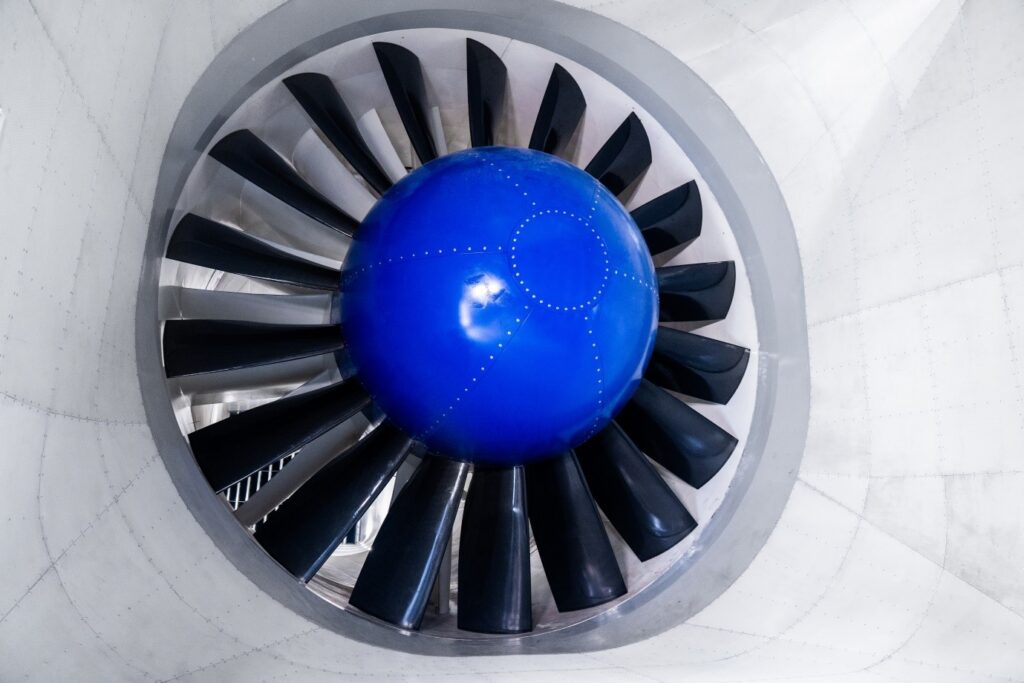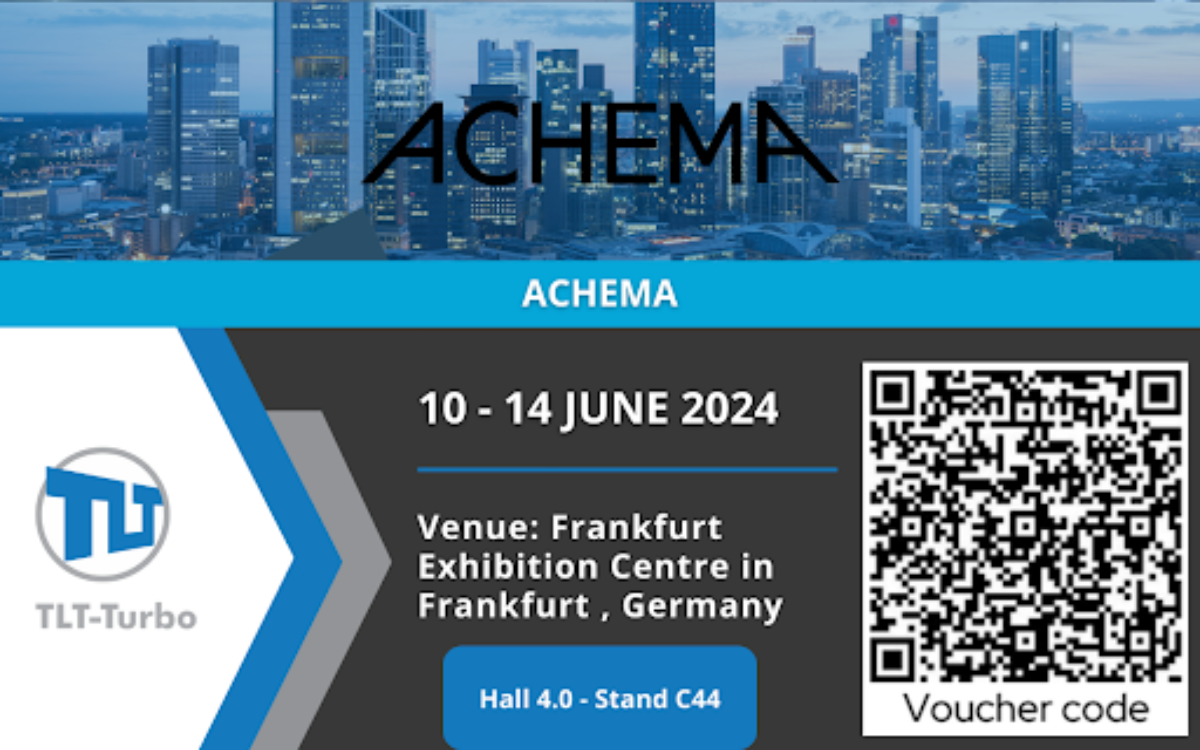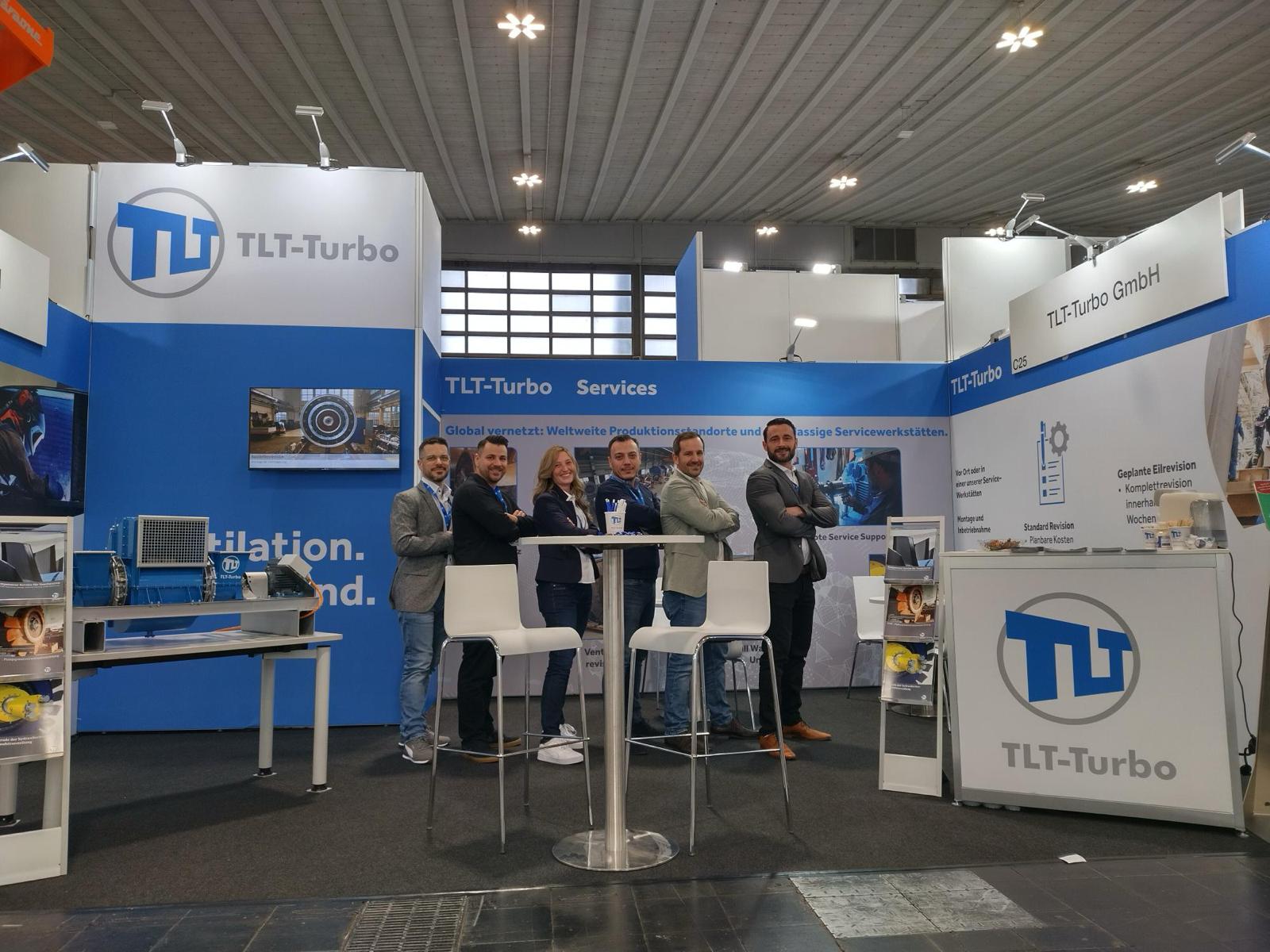TLT-Turbo MVR-Reihe macht Fortschritte in der Lebensmittel- und Getränkeindustrie
Im November 2018 schloss TLT-Turbo die Installation eines MVR-Turboventilators der „Medium Flow“ Baureihe im Frischli-Werk in Rehburg-Loccum, Deutschland, ab. Der Ventilator läuft bei Frischli seit fast drei Jahren und bietet eine zuverlässige, geräuscharme Leistung, ohne dass das Ventilatorlager gewartet werden muss – was ihn zu einem idealen Anwendungsfall für die Demonstration der Fähigkeiten von TLT-Turbo in der Lebensmittel- und Getränkeindustrie macht.
TLT-Turbo sammelt seit 2018 Daten von der Frischli-Anlage über die Leistung des Ventilators und wird dies auch weiterhin fortsetzen, um auf Basis dieser Daten eine Fallstudie zu erstellen, die die Kosteneinsparungen für Frischli aufzeigt und die Art und Weise auflistet, wie die Produktion vom Einsatz des TLT-Turbo MVR-Ventilators profitiert hat. Dies wird die Bemühungen der MVR-Abteilung zur Verkaufsförderung unterstützen, da es einen klaren Beweis dafür liefern wird, wie TLT-Turbo die mechanische Brüdenverdichtung in der Lebensmittel- und Getränkeindustrie neu definiert.
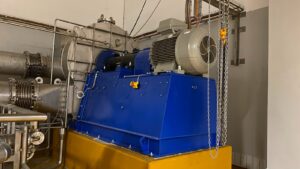
„Unsere MVR-Baureihe für mittlere Massenströme eignet sich ideal für Anlagen wie die am Hauptsitz von Frischli“, sagt Mario Schmidt, Leiter des Geschäftssegments Vapor Fans. „Die höheren Wirkungsgrade dieser Ventilatoren machen uns wettbewerbsfähiger im Markt für kleine bis mittlere Massenströme, in dem viele potenzielle Kunden aus der Milchwirtschaft, der Lebensmittel- und Getränkeindustrie oder der pharmazeutischen Produktion angesiedelt sind.“
Frischli, ein inhabergeführtes Unternehmen, stellt seit über 120 Jahren Milchprodukte her, die höchsten Ansprüchen an Qualität, Nachhaltigkeit und Geschmack gerecht werden. Am Firmensitz in Rehburg-Loccum bei Hannover werden unter anderem H-Milch, Milchpulver und Sahne hergestellt. Darüber hinaus werden Milchgetränke wie Kakao, Milchpulver, Pudding und Joghurt sowie eine breite Palette von Molkereiprodukten für Gastronomie und Catering hergestellt.
Die Beziehung zwischen Frischli und TLT-Turbo dürfte sich zu einer langjährigen Zusammenarbeit entwickeln, da beide Unternehmen den Fokus auf die Förderung von Innovationen teilen. Frischli ist eine der modernsten und effizientesten Milchwerke in Deutschland. Dies ist laut Schmidt einer der Gründe dafür, dass sie sich so schnell für die neue MVR-Technologie der TLT-Turbo-Reihe entschieden haben.
„Ein klarer Beweis dafür, dass wir beide an Innovationen und technologische Fortschritte in der Lebensmittelproduktion glauben, ist die Tatsache, dass Frischli sich bereit erklärt hat, Referenzkunde für TLT-Turbo zu werden. Das bedeutet, dass wir mit potenziellen Kunden das Werk besuchen können, um ihnen den MVR-Ventilator in Aktion zu zeigen“, verrät Schmidt.
Er stellt außerdem fest, dass sie von den Eigenschaften des Ventilators begeistert waren –
insbesondere im Hinblick auf die Wartung. Frischli hat in seinem Werk eine Reihe von MVR-Ventilatoren eines anderen Anbieters installiert. Als es an der Zeit war, die jährliche Wartung aller im Werk laufenden Ventilatoren durchzuführen, wurde die fortschrittliche Technologie der TLT-Turbo MVR-Reihe deutlich.
„Im Rahmen der jährlichen Wartung der anderen MVR-Ventilatoren fragten mich unsere Techniker, ob sie den TLT-Turbo MVR-Ventilator in den Wartungsplan aufnehmen sollten. Sie waren sehr überrascht zu erfahren, dass dieser MVR-Ventilator keine Wartung benötigt. Lediglich die Wellendichtungsringe sollten bei Undichtigkeiten ausgetauscht und eine Fettpatrone für den Motor aufgeschraubt werden. Das spart eine Menge Zeit und Geld“, sagt Henrike Kaluza, Projektleiterin bei Frischli.
Sie geht weiter auf die Zeit- und Kostenersparnis ein, die mit dem TLT-Turbo MVR-Ventilator erzielt werden kann. „Die regelmäßige Wartung der beiden anderen MVR-Ventilatoren, die wir betreiben, kostet zwischen 8.500 und 9.000 Euro pro Jahr, also rund 4.500 Euro pro Ventilator“. Da die Lagerung des TLT-Turbo Ventilators mindestens zehn Jahre lang nicht gewartet werden muss, belaufen sich die Einsparungen in diesem Zeitraum auf insgesamt 45.000 Euro pro Ventilator. Auch die Stillstandzeit wird somit deutlich reduziert. Bei den wenigen erforderlichen Wartungsarbeiten an dem TLT-Turbo Ventilator liegt diese bei maximal 1-2 Stunden Stillstand und das nicht einmal zwingend in jedem Jahr.
Die Tatsache, dass die TLT-Turbo MVR-Ventilatoren keinen Ölwechsel benötigen, ist für Betreiber in der Molkerei-, Lebensmittel- und Getränkeindustrie sowie in der pharmazeutischen Industrie sehr wertvoll. „In einer sauberen Umgebung ist es sehr wertvoll, bei der Wartung wichtiger Anlagen keine Chemikalien wie Öl in die Umgebung einbringen zu müssen. Außerdem sind unsere Ventilatoren dadurch auch umweltfreundlicher. Andere Ventilatoren auf dem Markt verbrauchen etwa 40 bis 60 Liter Öl pro Jahr oder 400 bis 600 Liter über 10 Jahre, während unsere Ventilatoren nur 60 bis 120 Gramm Fett über einen Zeitraum von zehn Jahren verbrauchen“, erklärt Schmidt.
Kaluza äußerte sich auch positiv über die Leistung des TLT-Turbo Ventilators. „Der Wirkungsgrad des Ventilators ist besser als bei dem Modell, das er ersetzt hat. Die realisierten Einsparungen bei den derzeitigen Stromkosten liegen bei 8.700 Euro pro Jahr und ohne die Zuschläge aus unserem Blockheizkraftwerk würden die Einsparungen sogar bei 12.000 Euro pro Jahr liegen“.
„In Anbetracht dieser Verbesserungen und der anderen Vorteile der Maschine, wie dem niedrigen Geräuschpegel oder der Ölfreiheit, sind wir mit dem TLT-Turbo Ventilator sehr zufrieden und freuen uns, dass wir uns für ihn entschieden haben“, so Kaluza abschließend.

